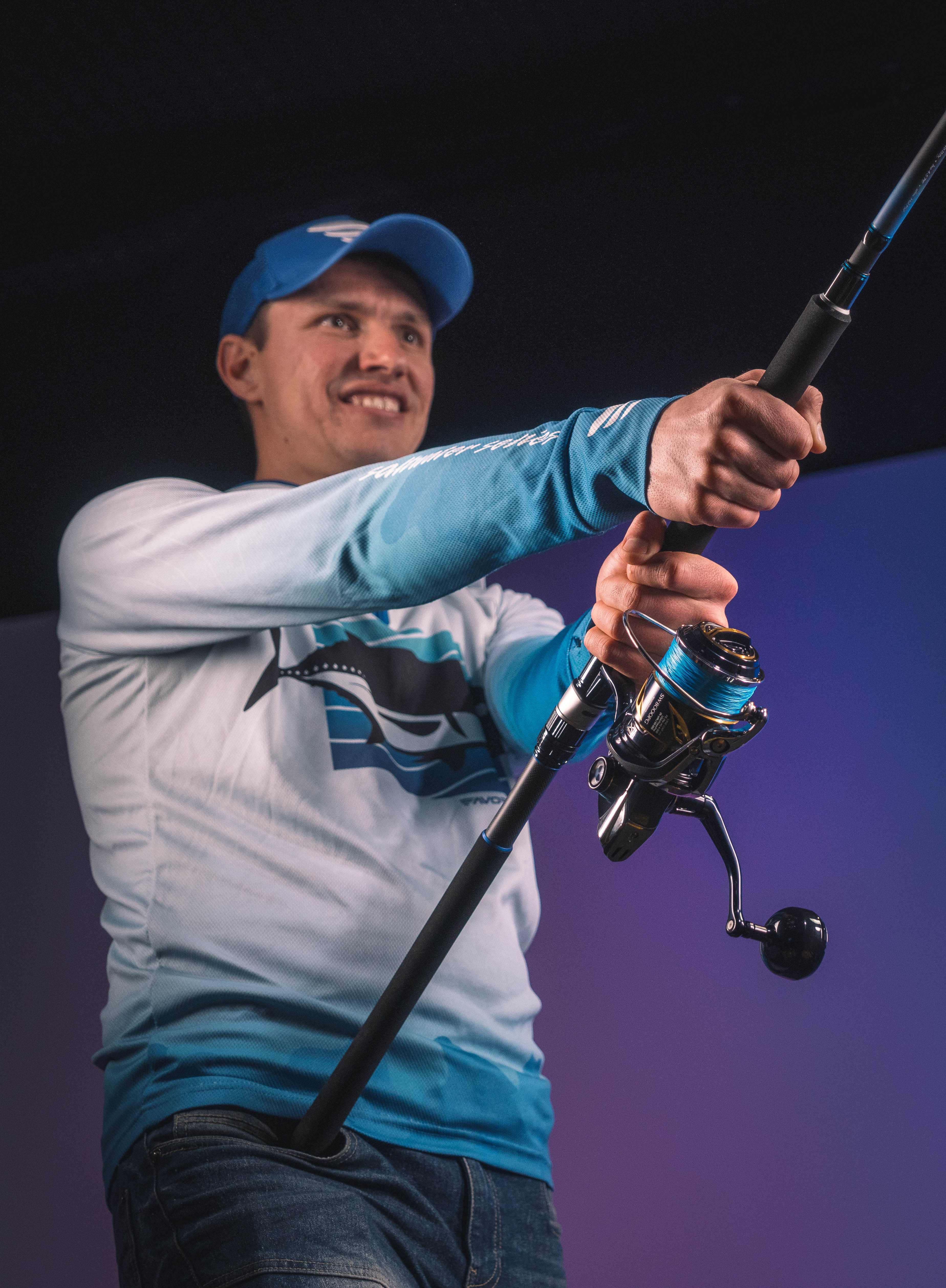Fishing in Australia can be incredibly rewarding — but like any skill, it takes time, patience, and the right approach to master. With thousands of kilometres of coastline, rivers, estuaries, and lakes, the opportunities are endless. But that also means there are just as many ways to make mistakes, especially if you’re just starting out.
In this article, we’ll cover the most common fishing mistakes beginners make in Australia — and more importantly, how to avoid them. Whether you’re casting for bream in the estuary or just getting your first setup, these tips will help you start on the right track.
🎣 Mistake #1: Choosing the Wrong Rod and Reel Combo
Too many beginners fall into one of two traps: they either buy the cheapest gear available, or they invest in something far too advanced for their needs. A poorly balanced setup can make casting difficult, reduce sensitivity, and cause frustration when it matters most — during the fight.
✅ How to Avoid It:
Start with a light or medium-light spinning combo that matches your target species. In Australia, species like bream, flathead, and Australian bass are ideal for light tackle fishing.
We recommend:
•Favorite X1 Series – A lightweight, responsive rod perfect for estuary species.
•Favorite U1 Series – Slightly more powerful, ideal for bass, squid, and larger flathead.
Both rods are affordable, versatile, and built for Aussie conditions.
🌊 Mistake #2: Ignoring Tides, Wind, and Weather
Some beginners head out whenever they have time — without checking tide charts or wind forecasts. But timing is everything in fishing. The right tide can bring fish into casting range, and the wrong wind can ruin your presentation.
✅ How to Avoid It:
•Use tide apps like WillyWeather or FishTrack to plan your session.
•Fish around the change of tides — especially the incoming tide.
•Avoid strong onshore winds that stir up murky water and make casting difficult.
📍 Mistake #3: Fishing the Wrong Spots
New anglers often head to the most obvious or popular fishing spots, not realizing that fish may not be active there — or they get discouraged after a few casts and move on too quickly.
✅ How to Avoid It:
•Learn how to read the water: look for drop-offs, structure, weed beds, and bait movement.
•Ask local tackle shops or forums for advice — most anglers are happy to share tips.
•Spend time observing before casting. Fish the edges, shadows, and current lines.
🧵 Mistake #4: Using Heavy Line and Oversized Gear
It might seem safer to use heavy line “just in case,” but in reality, fish like bream and squid are line shy. Thick, visible line and bulky rigs scare them off.
✅ How to Avoid It:
•Use 6–10 lb braid for most light-tackle situations.
•Pair with a 6–12 lb fluorocarbon leader for better stealth.
•Choose the smallest jig head or sinker needed to reach the bottom — lighter is better.
🎯 Mistake #5: Rushing the Retrieve or Using the Wrong Technique
One of the biggest beginner mistakes is retrieving the lure too quickly or using the same method regardless of species or conditions. Fish often need a more natural, slower presentation — especially in cooler water or clear conditions.
✅ How to Avoid It:
•For soft plastics, use the lift-pause-drop technique and let the lure sink back to the bottom — many strikes happen on the drop.
•For hardbodies, try a slow roll or stop-and-go retrieve.
•Watch experienced anglers, or check out YouTube tutorials on lure-specific techniques.
🧠 Bonus Tip: Don’t Overthink, but Do Reflect
Mistakes are part of learning. The key is to pay attention to what works and what doesn’t. Keep a fishing journal or notes on tides, conditions, and lures used. This helps you notice patterns and build confidence faster.
Final Thoughts: Learn, Adapt, and Enjoy the Process
Fishing is more than just catching — it’s about observing, adjusting, and enjoying time on the water. Avoiding these beginner mistakes will give you a solid foundation to grow as an angler in Australia.
🎣 And remember, it all starts with the right gear.
👉 Check out the best beginner-friendly rods here:
Start smart. Fish better. Catch more.
